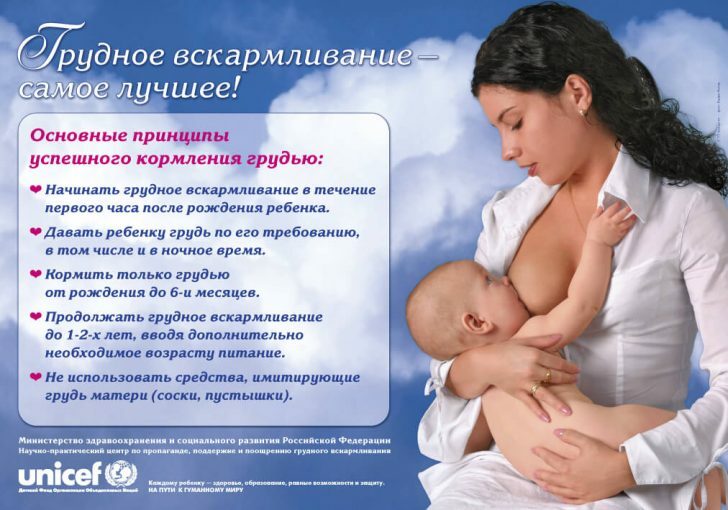Folic acid for children

Folic acid is a vitamin which is involved as coenzyme in the metabolism of nucleic acids and proteins, i.e. precisely those substances which require growing tissues. Tissues grow by dividing cells, for which cells need significant protein reserves, as well as twice the number of nucleic acids that are responsible for the transmission of hereditary traits. It is for this reason that rapidly growing tissues( especially those that receive any special signs) require an increased amount of folic acid.
Folic acid is especially needed for children. Already in the first few weeks of fetal development, if there is a lack of folic acid in the body of the child can develop disorders of the central nervous system such as brain herniation, cerebral hypoplasia, etc. As further development of folic acid promotes the development of the placenta, through which the fetus delivers oxygen and nutrients. Again, with a deficiency of acid during this period, the development of the placenta is disrupted, which can lead to disruption in the development of the child and premature birth.
Immediately after birth, there is an intensive growth of the child, especially the first few months, all its systems and organs grow. After this period, the growth and weight gain gradually decreases, but does not stop. A year after birth, a normal child weighs three times more than at birth. Of course, for such an active growth requires a considerable amount of folic acid.
Anemia in children
Often children diagnosed with anemia of different origin. The most common are iron deficiency anemia, in which there is a high hemoglobin content in the blood with a low number of red blood cells. Anemias of the folic acid-deficient species appear because with an insufficient amount of folic acid, the process of hematopoiesis is disrupted and the erythrocytes can not ripen completely. As a result, large unripe red blood cells are thrown into the blood, which can not cope with their task of carrying oxygen to organs and tissues. For any type of anemia, a child, as part of a comprehensive treatment, is prescribed folic acid to activate hematopoiesis. The dosage of folic acid is determined by the doctor, depending on the severity of the disease and the age of the patient.
The amount of folic acid required by the body every day, varies according to age:
- up to six months - 25 mcg
- from six months to a year - 35 mg
- From one to three years - 50 micrograms
- From three to six years - 75 micrograms
- With sixup to ten years - 100 mcg
- from ten to 14 years - 150 mcg
- C 14 - 200 ug
should be remembered that some part of the body gets folic acid together with food. It is found in products such as breast and cow milk, green vegetables, animal products, nuts. However, thermal treatment destroys folic acid. For this reason, children's foods are most often enriched with vitamins.
Women's milk, as a rule, contains the amount of folic acid necessary for the child's correct development. However, if the child is not gaining weight badly, was born prematurely, lags behind in development and is often sick, then the doctor can prescribe an additional amount of folic acid. It can also be assigned to the presence of diaper rash, sores in the mouth, as well as long-intestinal disorders, such as intestinal dysbiosis - because folic acid has beneficial effects on the gastrointestinal tract.
Since one tablet of folic acid contains at least 1 mg of the drug, and very often a much lower dose is required, for example 25 μg, it can be difficult to separate the tablet in this way. Therefore, it is recommended to dissolve the tablet( or a part of tablets) in water at room temperature, poured into a boiled dish, then using volumetric glassware, syringes or current measuring spoon metered amount. Such a solution can already be given to the child in the required amount. It is best to perform this procedure immediately before using the drug and pour out the residues.



